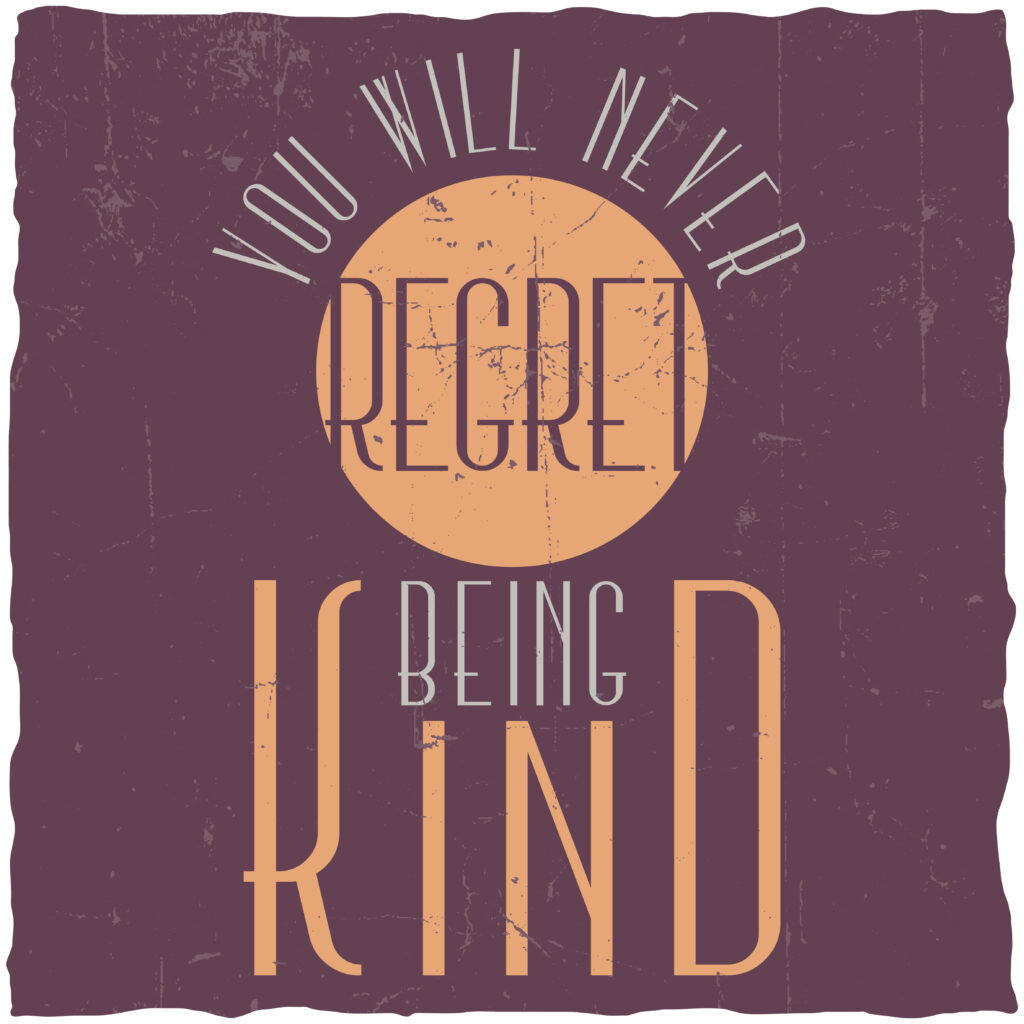
HANDWRITING SKILLS
Mrs L Stegen, Head of Foundation Phase
Handwriting is an important complex skill which is taught in every school. It develops over time and it is not a skill that comes naturally. Children generally learn fine motor skills through play. They repeat skills like opening, closing and filling by repetition.
Toddlers from about two years old will start to pick up a crayon and draw. First it will be scribbling, then maybe shapes, other things and then people. Thereafter they are usually taught to write their names. Encourage your child to develop an interest in handwriting by having paper, crayons, clay or chalk and a chalkboard available. Encourage the child to already to use a fingertip grip. This helps them later to hold a pencil in the correct way which is an essential part of writing letters. Give them activities involving squeezing and pinching things. Like threading beads, pinching or playing with playdough. Make shapes with it or use building blocks. This develops the hand muscles.
How can you as a parent help with this important skill?
Check the pencil grip. The correct grasp is where the index finger and thumb hold the pencil against the middle finger. The wrong grasps are often a cause of wrong letter formation and fatigue. Try this – put the pencil with the writing end facing the child, pinch the pencil between the thumb and index finger and then flip the pencil into the correct position.
Is your child sitting comfortably? When the child writes or does other activities make sure he is sitting comfortably with his feet touching the floor.
Match the school. Consistency is the key. Make sure that the handwriting you practice with your child is the style which is used in the classroom.
Practice makes perfect. A good handwriting needs lots of practise. Use the spelling words which they have for the week. This will help them to develop good habits and strong muscles in their hands (and good spelling). As children learn how to write the letters, they should also be learning and practicing the sounds that the letters make. Even where the letter starts is very important. This helps with letter formation. It can even help with the confusion with the b and d. The b starts from the top, and the d starts in the middle. Create as many opportunities as you can for your child to write: Get your child to write the shopping list, a short note or a Bible verse to stick on the fridge. They could make greeting cards for family or community members. Write out recipes or songs. There are so many different ways to make writing interesting for them at home.
Support your child to get into good habits early and they will really benefit later in life.
Sources: https://www.edutopia.org/article/how-teach-handwriting-and why it matters https://home.oxfordowl.co.uk/english/primary-handwriting/

IT’S NOT FAIR!
Mrs E Gouws, Head of Intermediate Phase
How often have you heard these words from children: It’s not fair; It’s not my fault? Children are growing up in a culture where people no longer take responsibility for their choices, words or actions. There is always someone to blame for why they do what they do – aka blame-shifting or the blame game.
When you try and hold children accountable, they often use excuses for their actions: “He started it.” “I can’t help it.” “She said we could do it.”
Children often see themselves as the victim, no matter what their behaviour is like. When they see themselves as the victim, it means they do not have to take responsibility. If they do not take responsibility, then they do not have to change. If a child is prepared to stop being the victim, they have a better chance of changing than one who continues to blame the world and everybody in it. Look at the example:
Parent: “Well, why aren’t you keeping up with your schoolwork?”
Child: “The teacher didn’t explain it to me. How must I know what she wants me to do?”
If a child thinks it is somebody else’s fault or that something is not fair, they will justify their inappropriate behaviour. In their minds, they are right.
Child: “My friends are allowed to go to bed at 9 o’clock. Why can’t I?” This is victim thinking. They believe they are a victim of your stupidity or failure to understand their world.
Blame-shifting increases pride and decreases a child’s capacity for humility. Blame-shifting encourages passivity.
Children with behaviour problems see questioning of their actions as an attack and they often counterattack with verbal abuse. Verbal abuse is a child’s strategy of ‘agree with me or face my acting up, my aggression, my verbal torrent.” They begin to escalate (speak louder, speak faster, change their tone) so that their parent/teacher will back down and leave them alone. This works very well for children and by the time they are young adults, they are left with no problem-solving skills except intimidation and aggression.
“Children do not just grow out of the natural tendency to blame and shirk responsibility. These character traits worsen when not addressed. Consistent discipline is the best way to refine a child’s character. Parents need to teach their children that taking responsibility for one’s feelings, attitudes and behaviours is not optional, it is expected.” Dr Henry Cloud
How to help a child move away from blame and to admitting and owning their mistakes:
Be patient, loving and accepting.
Children are more likely to blame others when their parents are critical, impatient and demanding.
Turn it around
Name the blame: “Really? Are you blaming ME for you not getting out of bed on time?”
Connect to the underlying problem: Your child is blaming others because they are worried, hurt or afraid. Be empathetic. “I know you hate to be late. It’s such a hassle to get another order mark.”
Ask: Every problem comes with a possible learning. “So what can we do tomorrow to make sure you get to school on time?” Welcome mistakes as learning opportunities. Do not blame others or situations when things go wrong.
People who avoid blame are more robust; more likely to take on tough challenges; to look at problems creatively and constructively; to work through failure and reach higher success.
Sources https://www.empoweringparents.com; https://amotherfarfromhome.com/blame-shifting-take-responsibility; https://psycohologytoday.com/za/blog/going-beyond-intelligence/201808/don-t-let-your-child-play-the-blame-game; https://www.focusonthefamily.com/parenting/curbing-the-blame-game-and-getting-rid-of-excuses

NOT GIVING UP!
Mr D van Straten, Head of Senior Phase
Not being horseracing enthusiasts, few of us will probably be familiar with the names of Rich Strike or Sonny Leon. But like others, these two names can teach us much about not giving up – even with our own children at school.
On 7 May, horse jockey, Sonny Leon, rode Rich Strike into history books. The colt was number 21 on the list to participate in the Kentucky Derby, one of the most prestigious horseracing events in the world, but the race only takes 20 competitors. The only way they could participate was if one of the other horses withdrew before 9am on Friday 6 May.
By 8.45am the list was still complete. Then, at 8.55, one horse pulled out. And so, on Saturday 7 May, a jockey climbed onto a horse with an 80-1 no-chance of winning.
But then the impossible happened: at the halfway mark, Strike, positioned 18th at some stage of the race, pulled ahead, after many of the horses, which had run the first half at record-breaking speeds, started tiring. He won by three-quarters of a length.
Many of us admire famous people like Thomas Edison, Walt Disney, Charles Dickens and Albert Einstein, but few of us know that these people – like Leon and Rich Strike – came from behind.
Dickens left school at 12 and Disney at 16, one of Edison’s teachers called him “addled”, while Einstein’s teachers and parents thought he was mentally handicapped, slow and anti-social, eventually being expelled from school.
Perhaps we have looked at a child, or at our own child, with feelings of hopelessness and discontent, thinking that school and academics are not for them. Though there may be fact behind such blinkered thinking, it is important to remember that school-life and life in general is about much more than academic success. It is also about learning integrity, discipline and perseverance. Like Eric Liddell, it may be this child succeeds in the race of life, which will bring more worth to society or glory to God than we could ever imagine.
Sources: Malala, J. Financial Mail [Web:] www.businesslive.co.za/fm/opinion/home-and-abroad/2022-05-25
ANON. [Web:] 15 Notable People Who Dropped Out of School | HowStuffWorks
Baid, R Quora. [Web:] Who are some famous people who failed in school and what did they do to overcome their failure? – Quora

THE VALUE OF PERSEVERANCE
Mrs J Sibeko, Head of FET Phase
Enrolling your child in the best school not only means that your child will have access to quality education, but it also signifies that he will be able to adapt the key values that would help him become the best version of himself. After all, teaching important values is a significant element of learning, and most private and public schools make it an utmost priority.
Perseverance is one of these values. For an individual to have it means that he has the strength, character, and determination to go through different challenges and obstacles and overcome them. It is a very valuable lesson that your child will carry with him, even as he reaches adulthood. Learning this ensures that it will become one of his defining traits that would benefit his future.
While schools teach the value of perseverance to their students, it is vital for parents to practice it in their homes, too. Here are a few effective ways for you to do so:
Encourage and recognise
One of the best ways to instil and enforce perseverance to your child is by encouraging him. It also helps for you to recognise his efforts. As a parent, it is best to become your child’s biggest motivator.
Whenever your child wants to try something new, encourage him. If he can accomplish things like getting high marks on a test or winning a competition, praise him and recognise his efforts and perseverance. As a result, he will want to do more of it.
Be a role model
Children learn through mimicry and memory; having positive role models — such as parents and teachers — that they can follow, enables them to learn better. When it comes to teaching perseverance, you could lead by example and show them how they can be a hard-working, perseverant person.
You may also use everyday scenarios to educate them about this value. For example, if one of your gadgets stopped working, show them how to properly react by patiently trying to fix the issue, instead of getting angry at the circumstance.
Source: http://reedleyschool.edu.

PRACTISE KINDNESS
Mrs A du Preez, Academic Head
A warm smile…
The new learner enters the classroom. Although his school uniform blends in with the rest of the class, his eyes and body language tell a different story: he is a stranger to the school, and he feels out. One learner’s warm smile invites him to take a seat close by. Slowly he relaxes. Maybe it will be fine after all. Being kind to other children – especially those who are different in some way – is an important life skill a child can already learn at home from a very young age.
The parent as role model
A child is a keen follower of his parents’ likes and dislikes. If true empathy and respect towards others guide a mom or a dad’s actions, it will also become second nature in their children. They will develop an understanding for others. They will be able to sense when somebody feels sad, hurt or scared. They will want the best for those around them and be quick to lend a helping hand.
Appreciate the best in others
A child should be taught to see and appreciate the good in other people. This of course, does not mean that he should close an eye to the dangers of false pretense and manipulation. He should learn that discernment goes hand in hand with kindness and empathy.
Teach children to look for the best in other cultures: Some nations are hardworking, some are known for their humility and respect, others demonstrate extraordinary creativity and so the list goes on.
Every soul is precious to God
When a child understands that God created all people, and that the Son of God gave his life to save the souls of the people He created, evils like bullying and xenophobia will find no place in the child’s heart. To treat everyone with respect regardless race, language, age or gender, will become the natural way of life.
